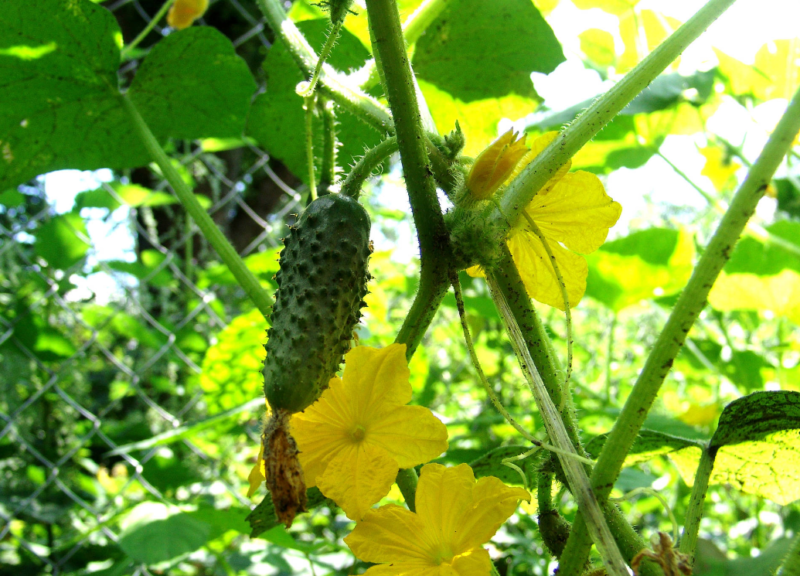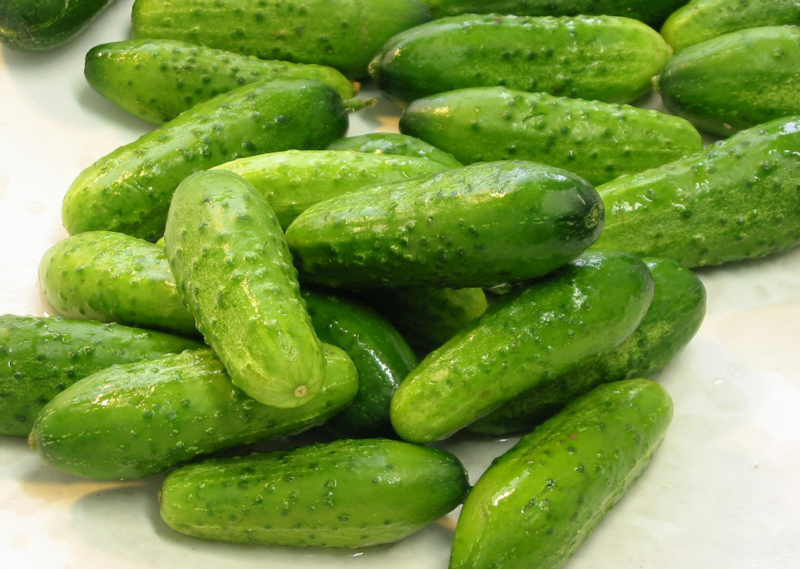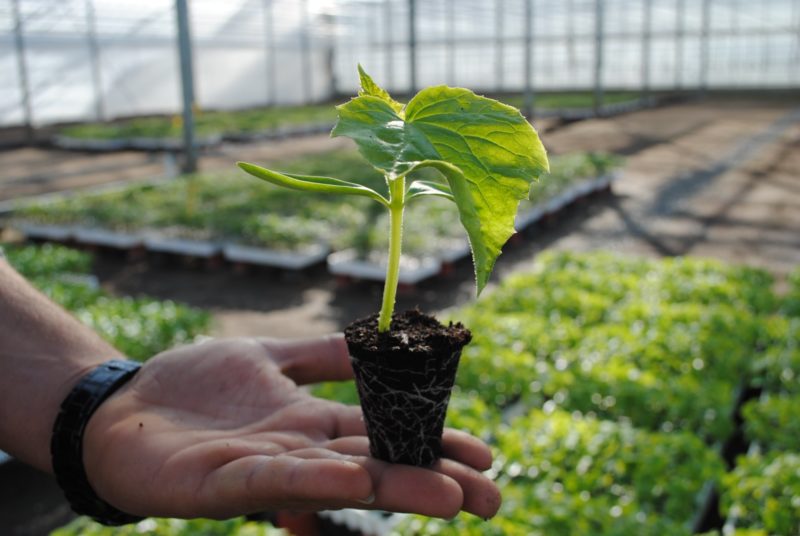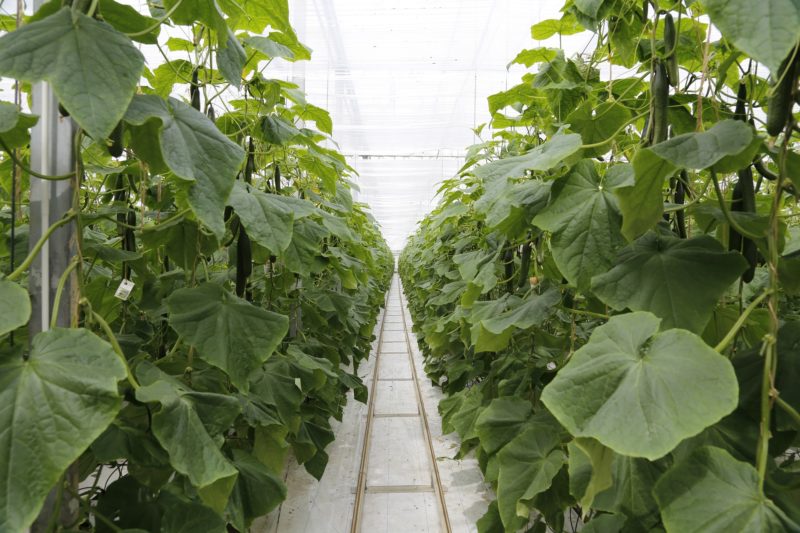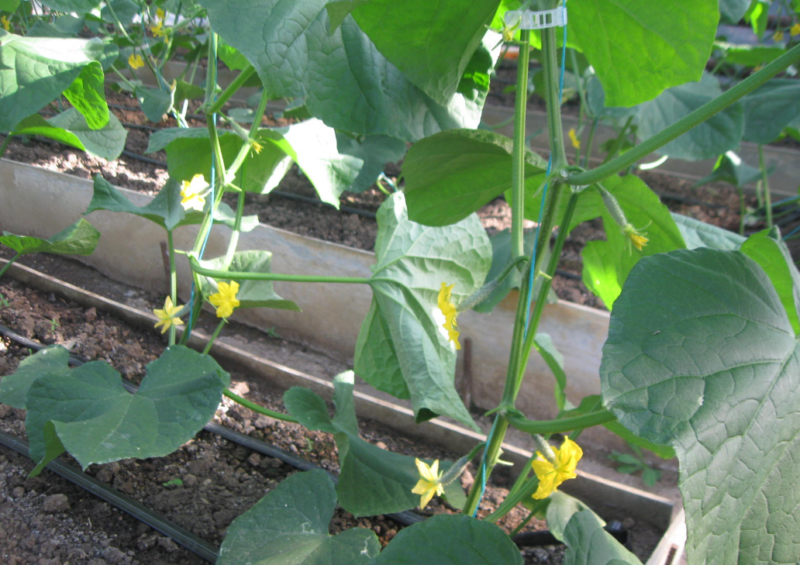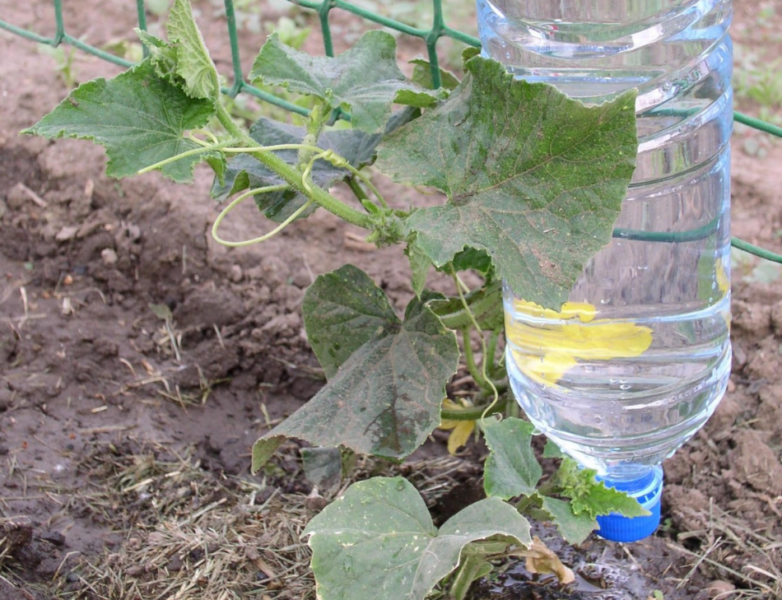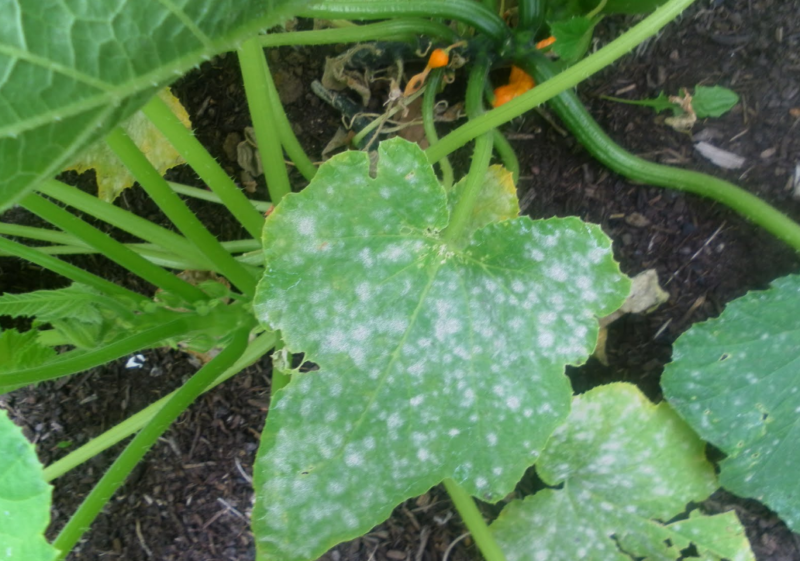Gherkins are a miracle of modern selection. Possessing numerous fresh virtues, their specific genetic structure allows you to fully reveal the quality and taste of cucumber after conservation. Cucumber "Parisian Gherkin" - a novelty of recent years from the company Search, developed specifically for cultivation in central Russia in the open ground.
Material Content:
Characterization and description of the variety
"Parisian Gherkin" is a hybrid mid-season, small-fruited variety pollinated by insects, highly adapted to the climatic conditions of open ground in the central regions of our country. In a more severe climate, cucumber is grown under temporary shelter or in greenhouses.
From the appearance of friendly seedlings to the harvest of the first crop, an average of 45 days passes. The fruiting period is long, in greenhouses can be harvested until October.
A very compact plant, can grow without pinching, despite the absence of a natural restriction in growth. The bush looks like one powerful central branch with moderate lateral branching and medium-sized rounded leaves, with a predominant number of female flowers appearing in the sinuses singly or several.
Cucumbers are sweet, juicy, crunchy, with pimples, cone-shaped, with black spines characteristic of this variety. Timely harvested fruits measuring 6-8 cm weigh from 60 to 80 g, overgrown bloat, become small "barrels" and lose their taste. Therefore, this variety is for those who have the opportunity to collect greens daily.
The variety is high-yielding.During the season, under favorable weather conditions, you can collect from 1 m2 to 4.5 kg of greens. Excellent preserved qualities allow them to be procured for sale.
Short-fruited cucumbers look beautiful in banks and when serving dishes. They tolerate heat treatment with dignity and reveal their taste even more, remain dense and crunchy.
Perhaps the only disadvantage of the crop can be considered the annual purchase of seeds through the distribution network, as this is a hybrid (F1). Seeds from their own cucumbers, as a rule, do not preserve their maternal properties: there is a splitting of characters with the loss of any properties.
There is a definite plus in this: trading seeds passed selection control, are disinfected and are completely ready for sowing.
Outdoor Growing Tips
In warm regions, gherkins are grown by sowing seeds directly into the soil, but the temperature of the earth should be at least + 12 ° C and air temperature + 15 ° C, otherwise seedlings will appear late.
You can also speed up the collection of the first cucumbers for a couple of weeks if you grow seedlings in advance. It is better to plant seeds immediately in individual pots, because, like any cucumbers, the “Parisian Gherkin” does not like an extra transplant.
Ridges are prepared in a sunny place, taking into account crop rotation. The best precursors will be legumes, tomatoes or potatoes. The soil should be light, loose, fertile.
Due to the compactness of the plant, the placement area is 5-7 pieces per 1 m2. The seed is buried in the soil by no more than 2 cm. In areas with the threat of late frost, ridges with crops are covered with covering material.
Important! Due to the special endurance of the “Parisians”, under favorable weather conditions, seedlings will appear in 5-7 days.
How to grow vegetables in a greenhouse
The planting rules in the greenhouse of this variety of cucumbers are practically no different from others. You can plant both seeds and seedlings at the beginning of May, only for better ventilation and lighting of lashes the accuracy of planting will be less frequent than on ridges - 3-4 cucumbers per 1 m2. They are planted in rows or in a staggered manner, to whom it is more convenient, but always in a warm, fertile, breathable soil.
The main problem for the gardener when growing the "Parisian Gherkin" remains the question: how to pollinate cucumbers without bees in sheltered ground.
Experienced vegetable growers advise taking care of the bait of assistant pollinators in the greenhouse.
This can be done in advance by planting a bush of a honey plant between cucumbers, for example:
- white mustard, which is also a siderat, and seasoning for sauces and marinades, will prevent the appearance of slugs in the greenhouse;
- matthiola (left-handed) blooms in late June. Night fragrance attracts pollinators at night and in the morning;
- marigolds not only attract bees, but enrich and neutralize the soil from weeds, protect cucumbers from aphids;
- phacelia rises in 5-8 days, bees catch its smell for several kilometers.
The presence of these plants even next to the greenhouse ensures pollination of cucumber flowers. Just do not forget to remove faded flowers (before seed formation) from the greenhouse in time so that they do not turn into a weed.
A good bait for attracting pollinators are feeders placed in the greenhouse with sweet aromatic syrup. As you can see, the most important condition is to provide unhindered access to bees, bumblebees, butterflies, bugs and other useful helpers, otherwise the flowers will have to be hand pollinated.
For the mechanical process, it is necessary to select a male (empty flower) flower, carefully collect pollen with a dry watercolor brush and draw it along the stigma of the female pestle (with a small cucumber). The viability of the male flower is short-lived - only one day. Even in the evening he will fade. It is necessary to have time to collect pollen and fertilize the female pestle precisely during the bloom of the “flower”.
But the female flower lives longer, especially in cloudy weather - up to 3 days, closing in the evening, and opening in the morning and waiting for fertilization.After successful pollination, an increase in the ovary is noticeable on 2 or 3 days.
The culture "Parisian Gherkin" breeders have created more female flowers to increase productivity. Pollen from one male can pollinate up to 5 female inflorescences.
Features of cucumber care "Parisian Gherkin"
Cucumbers of this variety are quite unpretentious. Plants are able to put up with low air humidity and withstand short-term aridity of the soil, but they will respond to regular watering and top dressing with a large number of beautiful and tasty greenhouses.
Watering should be moderate, since the roots of the plant are superficial, and with a small pressure, so as not to flush nutrients into the lower layers of the soil. It is better to water the culture in the afternoon with warm water.
The feeding season, like other cucumbers.
- At the beginning of the growing season (14 days after planting) apply complex fertilizers with a predominance of nitrogen, you can use slurry diluted 1:20 with water.
- After 2 weeks, the phosphorus + potassium complex is used to help form flower ovaries.
- During the development of cucumbers, you can pour it with a solution of ash or potash fertilizer to strengthen and preserve the fruits.
Depending on the location, the plant needs pinching and garter to the support. In the vertical direction, the lashes pinch the shoots after the appearance of the fourth leaf, this will strengthen the root system and give bushiness to the plant.
When growing on a bed, pinching can be omitted and allowed to develop whips freely.
Advice! Throughout the growing season, do not forget to loosen the soil and weed weeds.
Protection against diseases and pests
Thanks to the breeding work, the “Parisian Gherkin” has increased immunity to many diseases. It does not need to be further treated with pesticides. With careful attention and proper care, the lashes and roots of the plant are practically not affected.
However, the variety, like many hybrids, has vulnerabilities. The culture is medium sensitive to powdery mildew, anthracnose and bacteriosis, so preventive measures will strengthen the protective barrier.
It is enough to follow the rules of care, treat plants with folk methods without the use of chemicals and get environmentally friendly vegetables.
You can use a pink solution of potassium permanganate, mustard powder (2 tbsp. / 10 l of water), garlic water or other well-known means for watering plants to disinfect the crop, as well as prevent the spread of pests, such as aphids.
Important! Pest control should be systematically carried out on neighboring plants and on ants, carriers of aphids and fungal spores.
Harvesting and storage
A feature of the variety can be considered the mandatory daily collection of gherkins, contributing to the formation of new ovaries on the culture. Due to the strong (albeit thin) skin and dense pulp structure, the gherkins are stored for a long time in a cool room, while maintaining transportability.
"Parisian Gherkin" is a variety that even a novice grower can grow.


